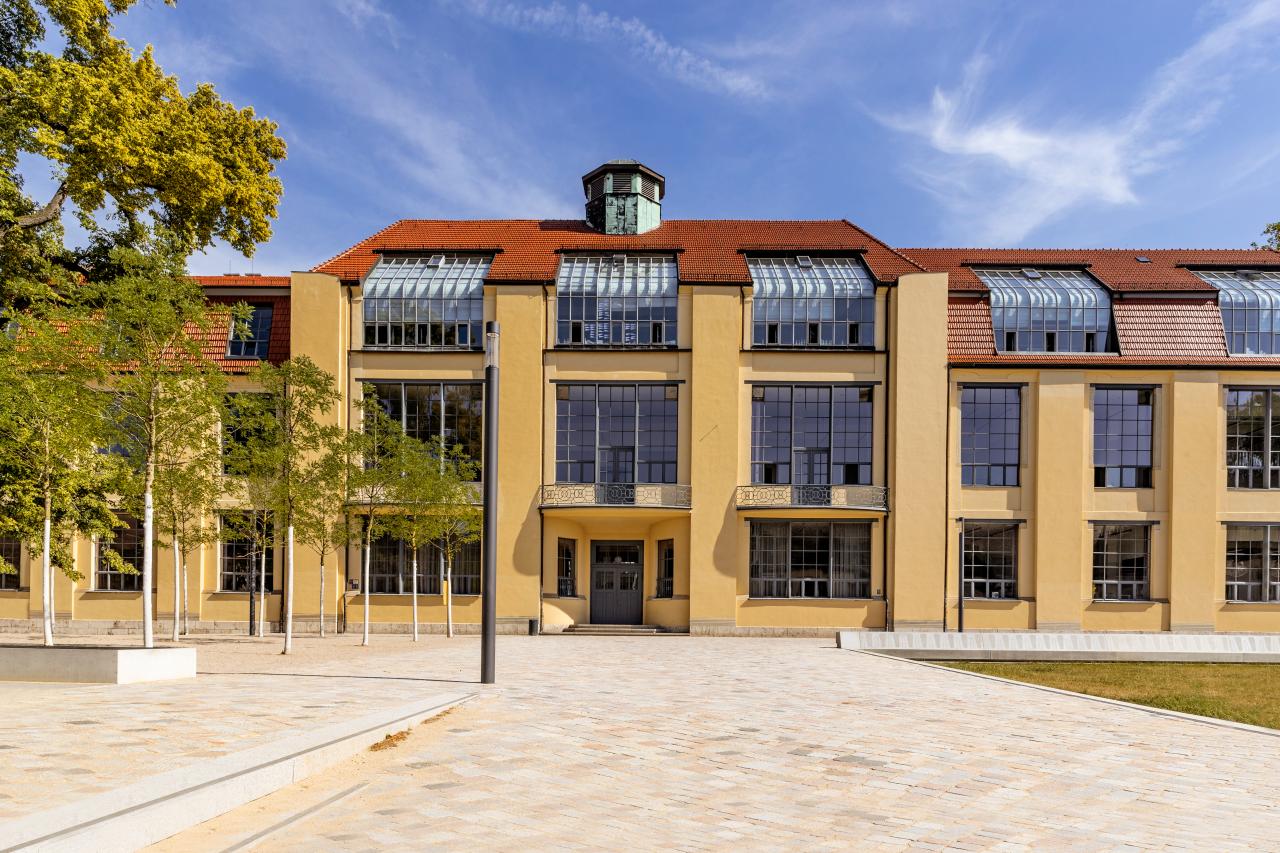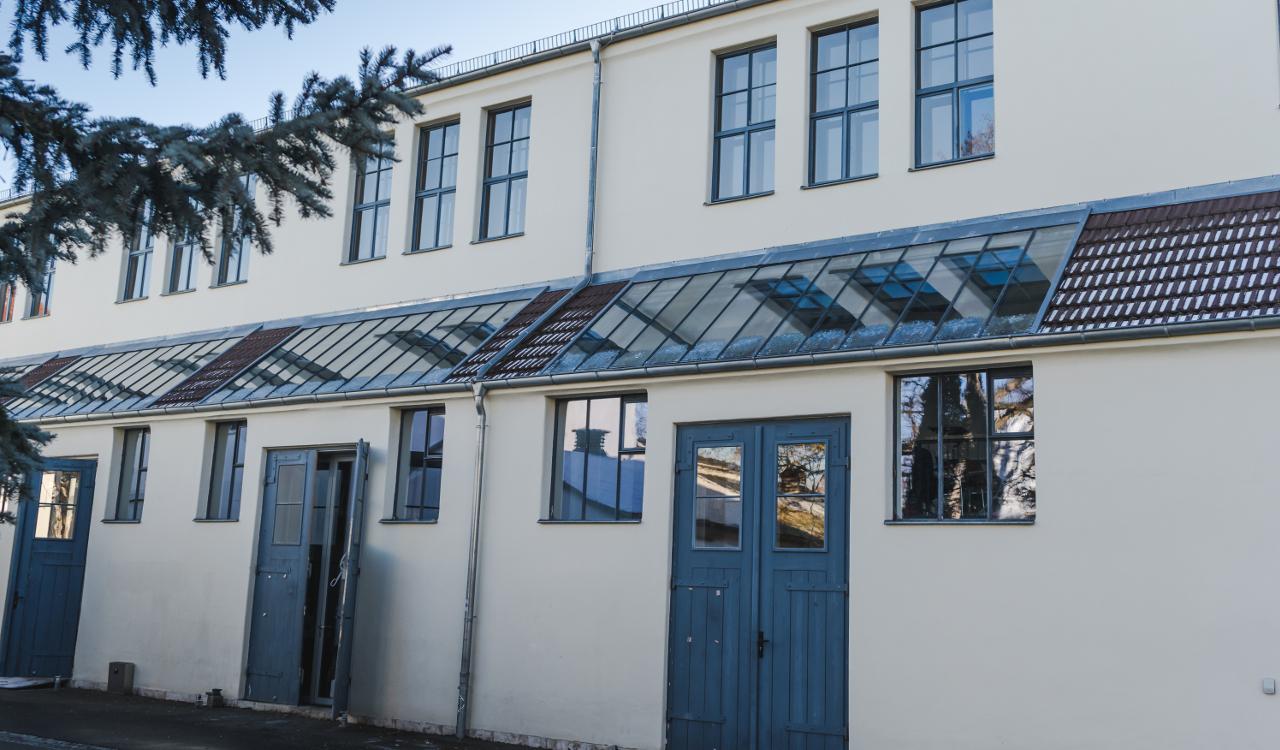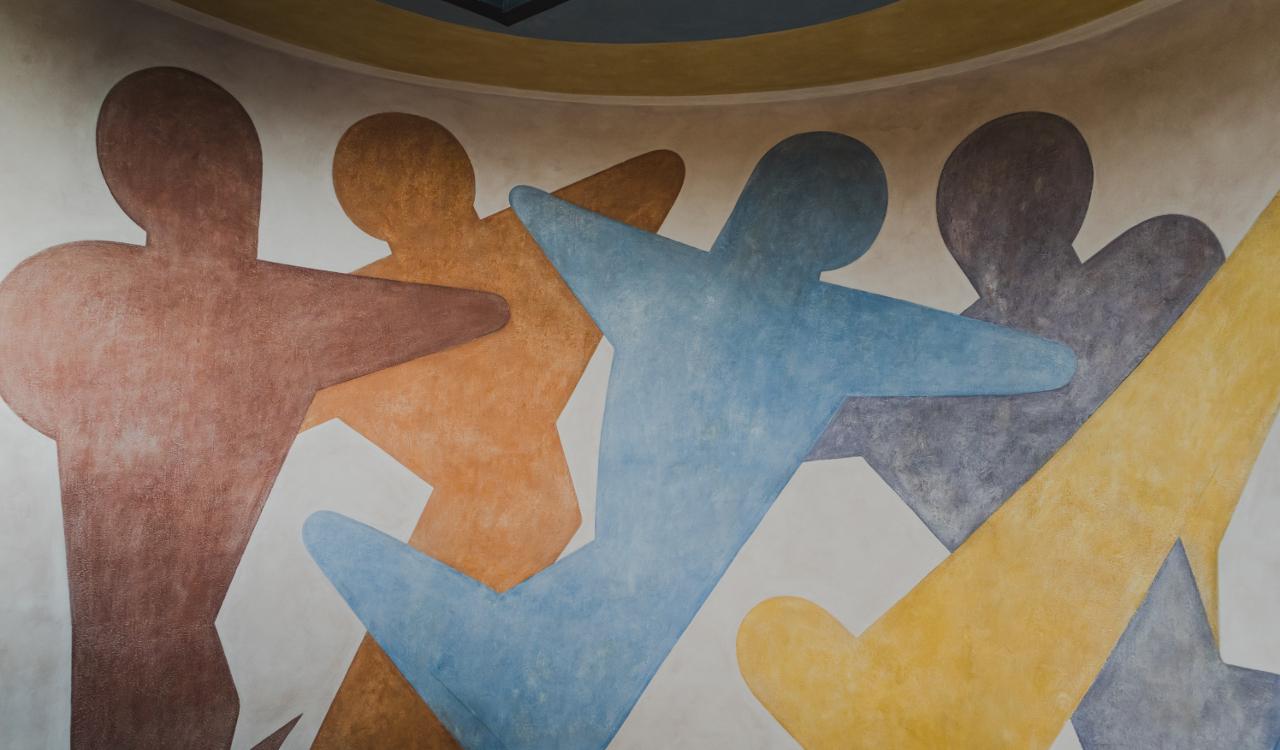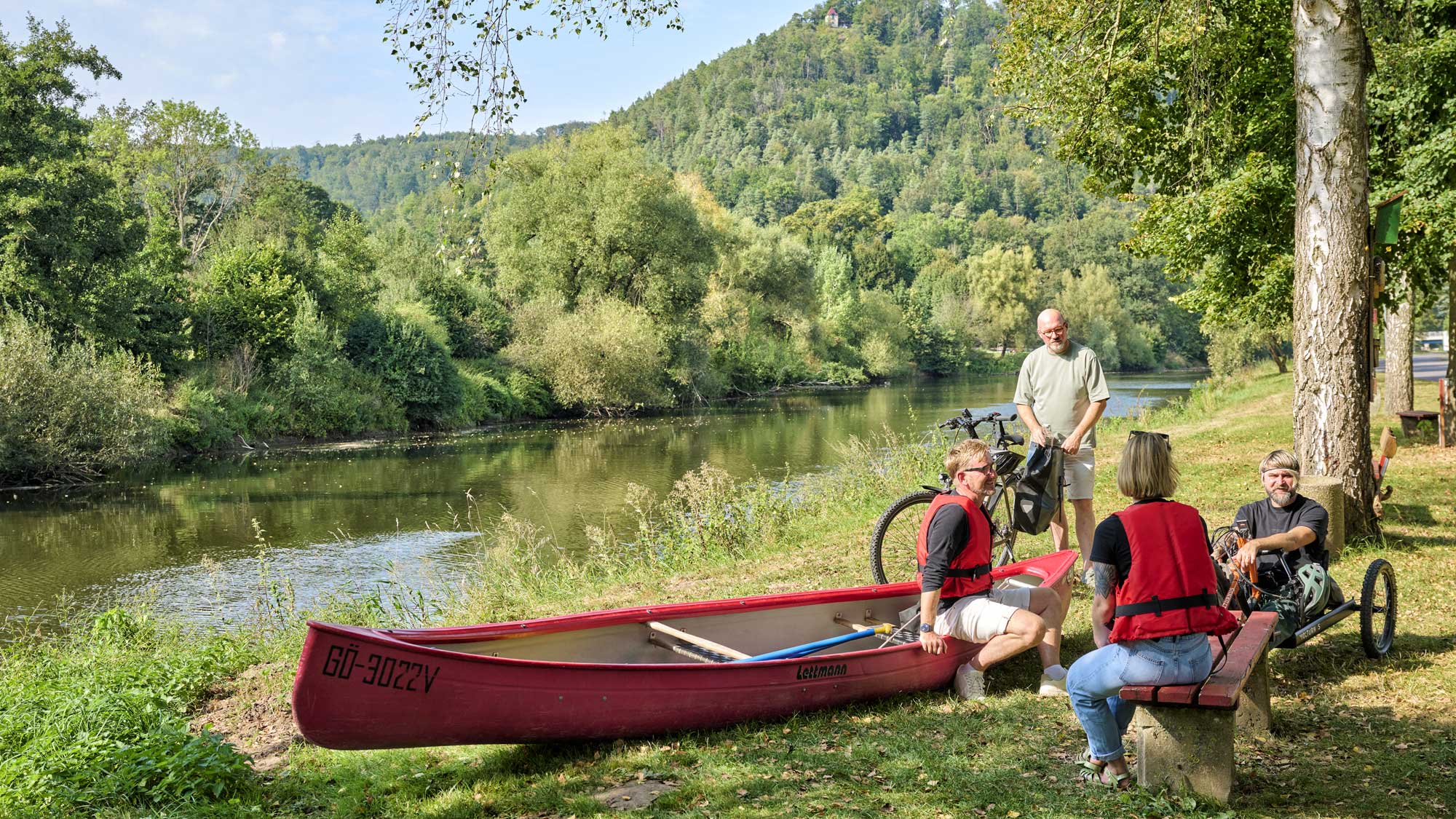You're in the right place! Whether in nature, in the middle of the city, for families, in the countryside, historic or traditional: among Thuringia's TOP hosts, everyone will find exactly the right address.
Timeless classics
Bauhaus UNESCO World Heritage sites in Weimar
A template for modern living
One of those UNESCO World Heritage sites is Haus Am Horn. Created in 1923 as an experimental model home for the first major Bauhaus exhibition, it could be described as a prototype for modern building and living. The house was designed by Georg Muche, the youngest of the Bauhaus masters. Its interior fittings and furniture were a joint project that involved all of the Bauhaus workshops. They thought of everything, and the way in which low maintenance materials, innovative technology and an ingenious arrangement of rooms were used to make the whole house function more efficiently seems very contemporary even today.
From ‘art barn’ to architectural gem
The Haus am Horn has a very clear and rational design. The absence of ornamentation and embellishments, the open layouts and light-filled rooms, and the integration of interior and exterior are all classic Bauhaus elements that can also be found in the main building of Weimar's Bauhaus University (the former art school). The second of our UNESCO World Heritage sites in Weimar was built between 1904 and 1911 to designs by architect Henry van de Velde, who paved the way for the Bauhaus style.
The original building on this site had been a modest timber-framed structure that contained the rooms of the art school and was commonly known as the ‘art barn’. Van de Velde replaced it with an impressive workshop building that also has remarkable interior features, including a soaring elliptical staircase and the director’s office – a cube-shaped space within a cube-shaped room, fitted with cube-shaped furniture. That’s certainly something you don’t see every day.
But let’s head back outside. Van de Velde didn’t only design the main building of what is now the Bauhaus University, but also the L-shaped ‘Winkelbau’ opposite, which today houses the Faculty of Art and Design. This building was constructed between 1905 and 1906 for the Grand-Ducal School of Arts and Crafts Weimar. Frequently referred to as the small Van de Velde building, this is the third of our UNESCO World Heritage sites in Weimar.
Master of versatility
Remarkable interior features include the unusual lighting of the stairwell, the wide, circular staircase and the reconstructed murals by Oskar Schlemmer. The original murals were created for the Bauhaus Exhibition in 1923. For Schlemmer, man was the measure of all things. Or rather, the human body, reduced to geometrical forms. His penchant for such figures is also evident in the Bauhaus logo he designed: a stylised head based on geometric shapes, still the instantly recognisable Bauhaus symbol. Schlemmer was a painter, sculptor and stage designer – a truly versatile talent.
From lawyer to graphic designer and much more
László Moholy-Nagy was just as prolific. Having originally studied law, he initially came to art through drawing. While teaching at the Bauhaus in Weimar he also experimented with multiple media. He later founded his own school of design in Chicago. During his Bauhaus period, he edited the Bauhaus books together with Walter Gropius. Moholy-Nagy was a utopian, pragmatist and freethinker, as well as one of the most important teachers in the history of the Bauhaus.
Utterly unique
The Bauhaus wasn’t just defined by its ideas, but also by the extraordinary people who were involved in it. In addition to Schlemmer and Moholy-Nagy, there were many others who revolutionised art and design to an unprecedented extent. One thing is certain: there’s no getting around a visit to Weimar.
If you’d rather explore the Bauhaus and Weimar during the day, then a Bauhaus walk is just the thing for you. Students of architecture, engineering and the arts present the history of their university from their own perspective and provide an insight into the highs and lows of learning and living at this special university.
Main picture: Haus Am Horn, Weimar ©Dominik Saure, Thüringer Tourismus GmbH
Did you like this story?
Maybe, you'll like this too ...















